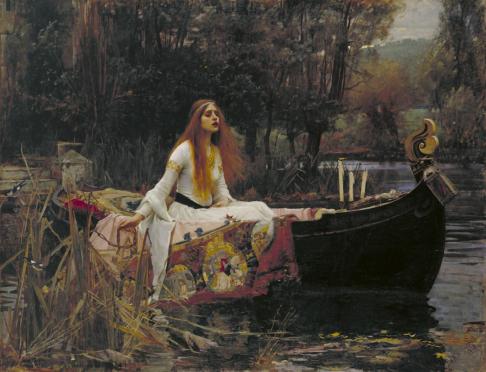‘I should like to die from consumption.’ said Lord Byron, helping to popularize tuberculosis as an artist’s disease.

In the nineteenth century consumption was such a popular disease that it was dubbed The White Plague, mal de vivir and mal du siecle. It gained popularity in Romantic era, due to Lord Byron, and was seen as a sign of sensitivity, spiritual purity and temporal wealth. Young ladies begun purposefully paling their skin in order to achieve the consumptive appearance and they also dropped belladonna into their eyes for it dilated their pupils, giving the eyes luminous glow.
The slow progress of the disease meant that the sufferer could have time to arrange his affairs. In those times, one could only hope to die from consumption. Amedeo Modigliani, whom I have written about in my last post, also died from consumption in 1920., though in his times it was not considered so romantic anymore as it took many and many lives in Paris. Chopin had died from consumption, and George Sand doted her lover, calling him her ‘poor melancholy angel’. She also wrote in a letter to her friend ‘Chopin coughs with infinite grace’.
Quite strange, and unbelievable, that once it was popular to die from such a disease. Lord Byron’s wish was not fulfilled for he died from fever.



Great website – really interesting! It’s not for nothing that TB was called the artist’s disease, as I understand it, as it made sufferers very melancholy, which is a plus for creating something in poetry, music etc.
LikeLike